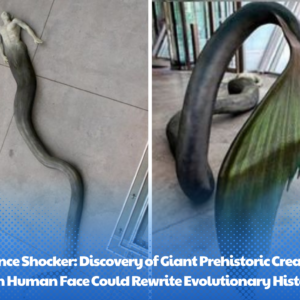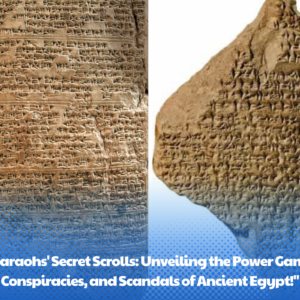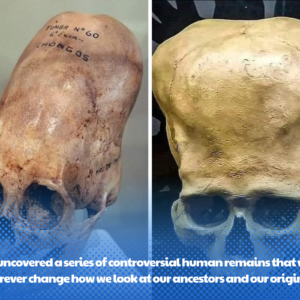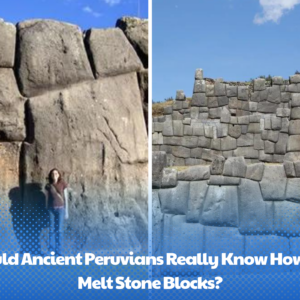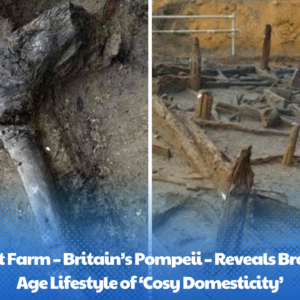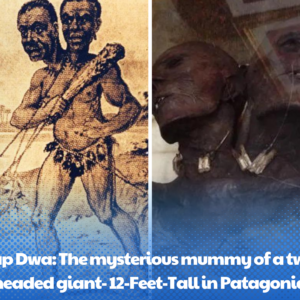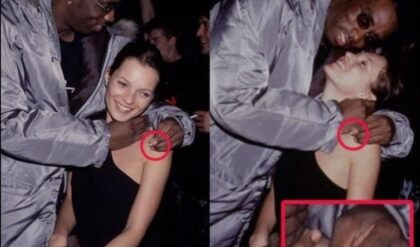The Temple of Horus at Edfu, The best-preserved Ancient Egyptian temple
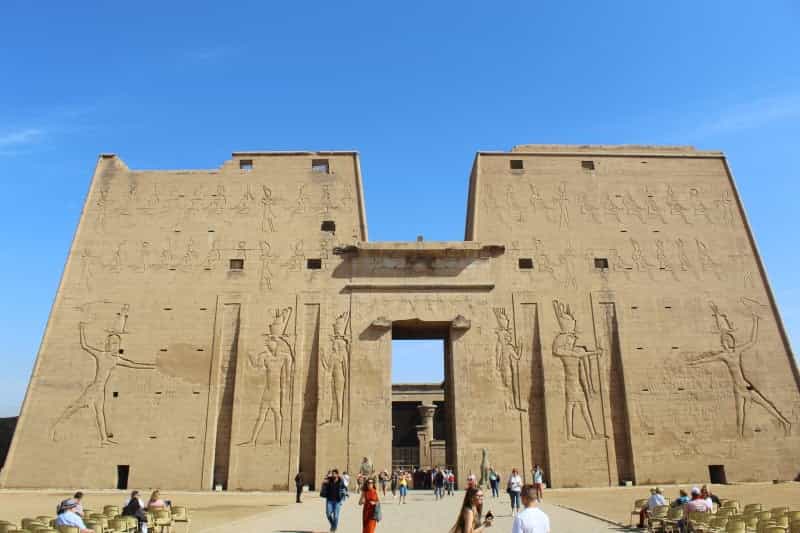
Temple of Edfu, one of the best preserved temples today that was dedicated to the god Horus and is located in the city of Edfu, on the west bank of the Nile River and is a great tourist point to visit on your trip to Egypt.
The Temple of Edfu was built between 237 BC and 57 BC during the Ptolemaic era, following the conquest of Egypt by Alexander the Great in 323 BC.
His successors, the Ptolemies, were Greek, but they imitated the traditions and replicated the architecture of the Egyptians of the time.
Ptolemy III was the one who started the construction of the temple, continued by his son, Ptolemy IV Philopator. After several successions, it was not until Ptolemy XII in 57 BC that the construction of the Temple of Edfu was completed.
Temple of Edfu: Architecture
The Temple of Edfu is a Greco-Roman temple that was dedicated to the god Horus, becoming one of the largest in Ancient Egypt, only behind the Karnak Temple in Luxor, as well as being one of the best preserved in the country. Its length is 137 meters and a height of 36 meters.
As we have mentioned previously, the Ptolemies imitated the architectural constructions of the Pharaonic period and it has several typical instances of their architecture with the pylon, the hypo-style rooms, an offering chamber, in addition to the central room and the temple sanctuary.
The Temple of Edfu, through its inscriptions on the walls of the temple, provide us with information about its construction, mythological and religious references and how they lived in Ancient Egypt. Temple of Horus at Edfu
Temple of Horus at Edfu
Temple of Edfu: Rooms
The entrance of the Temple of Edfu, in addition to being one of the best preserved, shows us through its giant 37-meter-high pylon, Ptomoleo XII, the last Ptolemaic ruler striking his enemies before the god Horus.
After passing the pylon, we find the hypethral room surrounded by columns on the sides and at the entrance to the next room of the temple, where the walls are decorated with reliefs.
From the back of the pylon you can see these reliefs that continue along the patio in its lower part behind the columns.
These inscriptions tell us some of the mythological stories of the divine battles of the time, such as the victory of Horus and Isis over Seth.
In addition to the Festival of the Beautiful Reunion, where you can see how the goddess Hathor sails from the Dendera temple, and the god Horus from the Temple of Edfu, to meet halfway.
This meeting was held twice a year and in one of them they traveled to the Dendera temple, and the second time to the Edfu temple.
Finally, at the entrance to the first hypo-style hall you can see a statue of the god Horus with the double crown of Upper and Lower Egypt, giving access to the hypo-style hall.
The first hypo-style hall
The hypo-style hall of the festivals is the oldest part of the temple and is composed of 12 decorated columns as well as several rooms for offerings, the Chamber of Consecrations where the king or priest dressed for rituals located on the left, and the Library on the right.
The second hypo-style hall
Later, we will access the second hypo-style room where we will again find rows of columns on each side of the room supporting the intact ceiling of the temple with interesting reliefs on astronomy and representations of the sky.
Among the 4 small rooms for the offerings, one of them is the famous laboratory where you can find the formulas of Egyptian essences and ointments that, later, the French used to make the most popular perfumes known today.
Through a door with reliefs of the ships of Horus and Hathor we will access the room of offerings.
The Offering Room and the Shrine of Horus
The offering room is connected to the terraces through a staircase and gives access to the central room, the place of the chapel dedicated to the god Min, the lunar god of fertility and vegetation.
After the central hall we arrive at the famous sanctuary of the god Horus, undoubtedly the most sacred part of the temple which was built with black granite and where you can see the table of offerings and the ceremonial boat in which Horus was carried during festivals..
On the other hand, on the walls we will find reliefs where Ptolemy IV is shown making offerings.
The relief from the Temple of Horus in Edfu depicts a scene of an animal sacrifice. The depiction resembles the ribs of an ibex or a deer at the king’s leg, with wine in the other hand.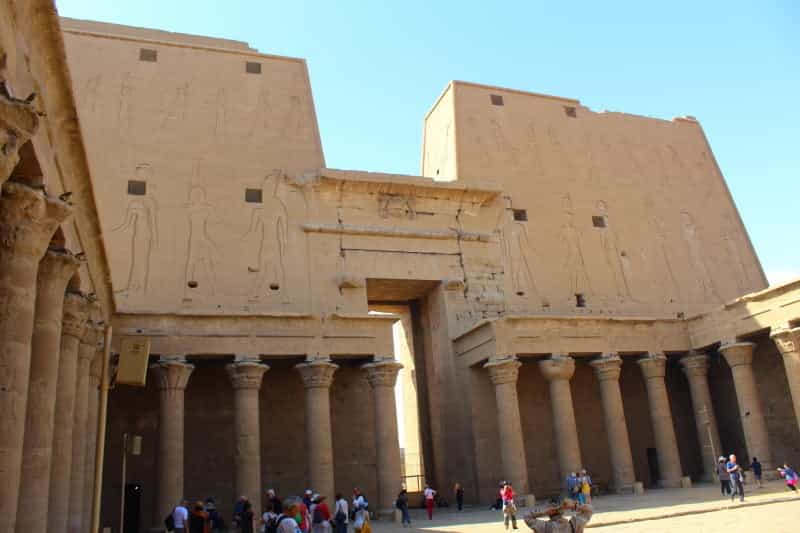 Temple of Edfu
Temple of Edfu
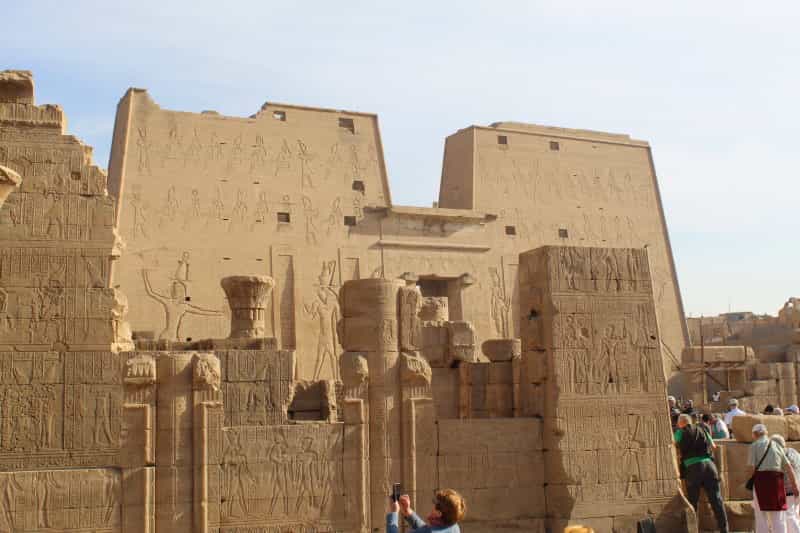 Edfu Temple Exterior
Edfu Temple Exterior Entrance to the first hypostyle room
Entrance to the first hypostyle room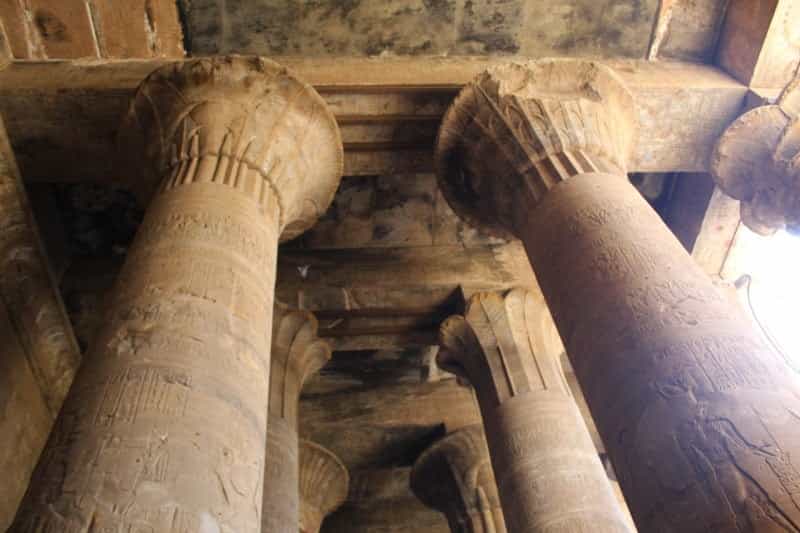 Hypostyle Hall of the Temple of Edfu
Hypostyle Hall of the Temple of Edfu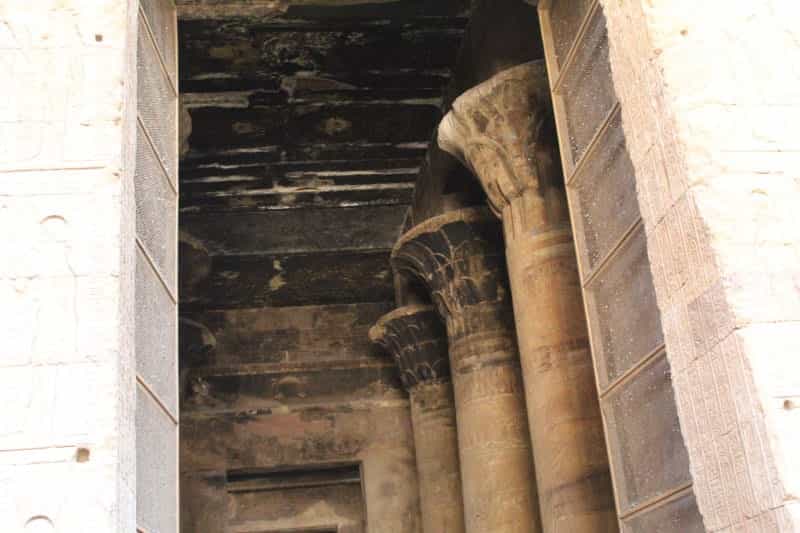 Ceiling of the Hypostyle Hall
Ceiling of the Hypostyle Hall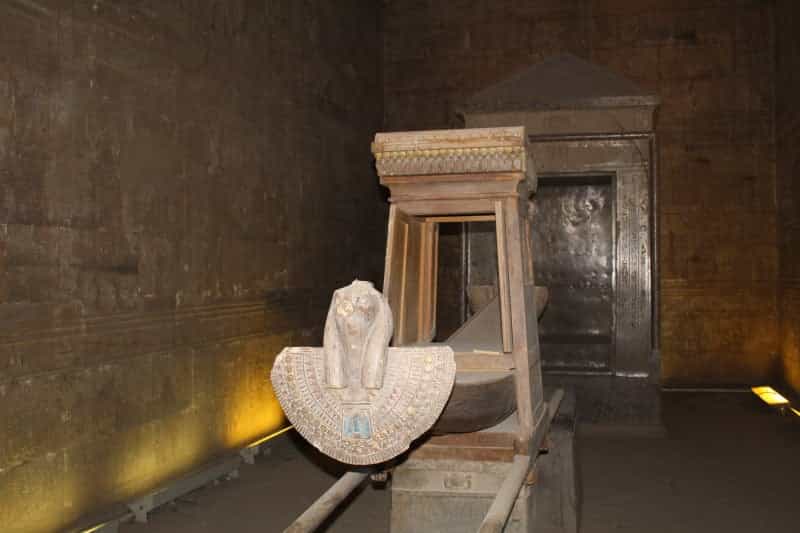 The ceremonial boat of Horus in the sanctuary
The ceremonial boat of Horus in the sanctuary Laboratory room
Laboratory roomNews
Science Shocker: Discovery of Giant Prehistoric Creature with Human Face Could Rewrite Evolutionary History!
Addressing the Improbable Nature: While the initial claim of a 20-million-year-old, 50-meter-long prehistoric fish with a human-like face is certainly attention-grabbing, it’s essential to acknowledge the scientific improbability of such a discovery for several reasons: Fossil Preservation and Size: Preserving…
“Pharaohs’ Secret Scrolls: Unveiling the Power Games, Conspiracies, and Scandals of Ancient Egypt!”
Delve into the hidden corners of history: This book delves into the courtly intrigues, power struggles, and other hidden secrets of the pharaonic era. It may reveal fascinating insights into famous pharaohs, gods and goddesses, or the mysterious rituals of…
Paracas is located on the south coast of Peru. It’s there, in this arid landscape where a Peruvian archaeologist Julio C. Tello made one of the most mysterious discoveries in 1928.
Paracas is located on the south coast of Peru. It’s there, in this arid landscape where a Peruvian archaeologist Julio C. Tello made one of the most mysterious discoveries in 1928. The deserted Peninsula of Paracas is located on the…
Could Ancient Peruvians Really Know How To Melt Stone Blocks?
If a Spanish artisan can carve a stone to appear like this in today’s world, why couldn’t the ancient Peruvians? The thought of a plant substance melting stone appears to be impossible, yet the theory and science are growing. Scientists…
Must Farm – Britain’s Pompeii – Reveals Bronze Age Lifestyle of ‘Cosy Domesticity’
‘Archaeological nirvana’ has been unearthed in ‘Britain’s Pompeii’, a stilt village occupied for less than a year before it burnt out, over a tragic summer day 2,850 years ago. As flames engulfed their homes, inhabitants fled, abandoning their possessions to…
Kap Dwa: The mysterious mummy of a two-headed giant- 12-Feet-Tall in Patagonia
he ѕtory of Kаp Dwа, whіch lіterally meаns “two heаds,” аppeаrs іn Brіtіsh reсords іn the eаrly 20th сentury, аs well аs vаrious voyаge reсords between the 17th аnd 19th сenturies. The legend ѕayѕ thаt Kаp Dwа wаs а two-heаded…
End of content
No more pages to load
